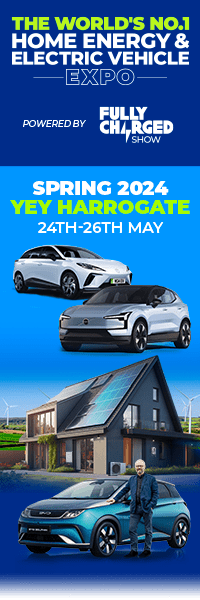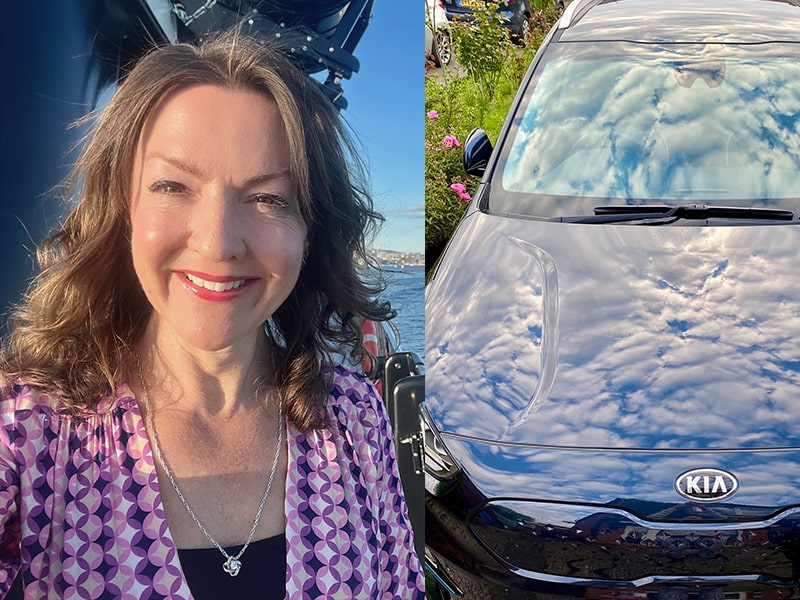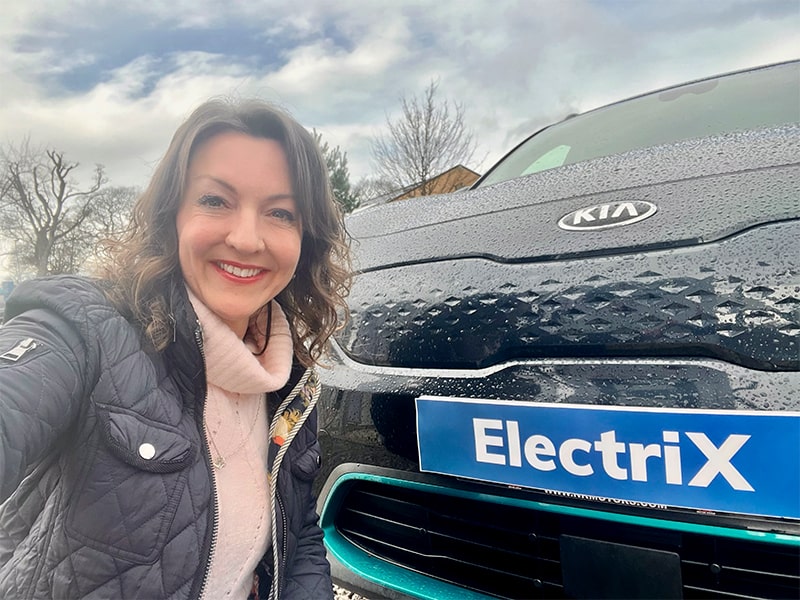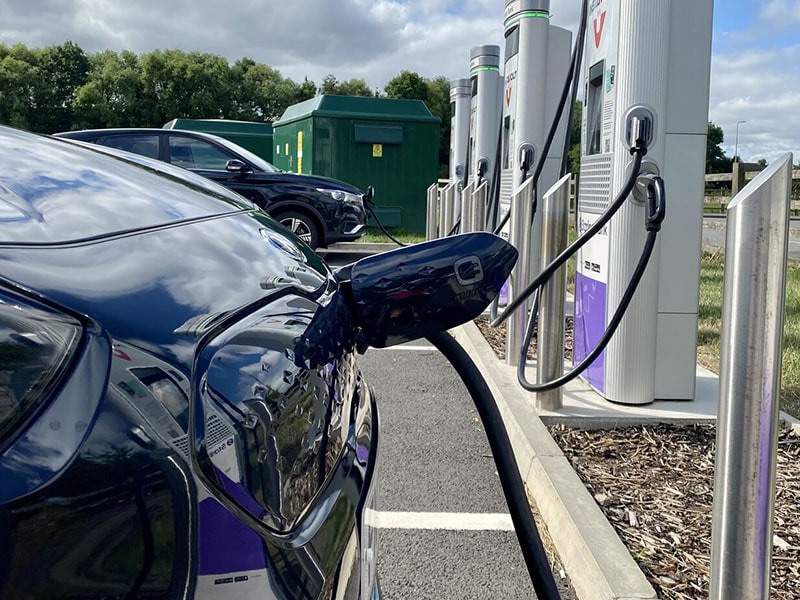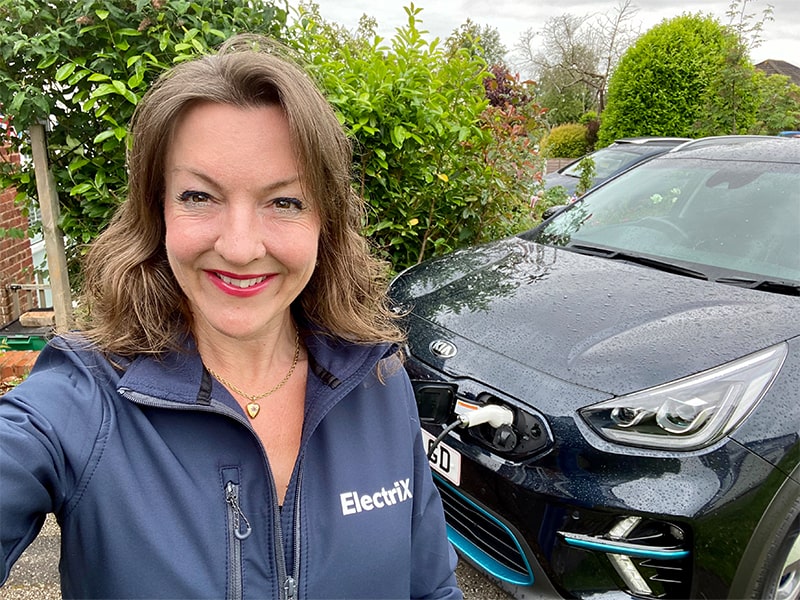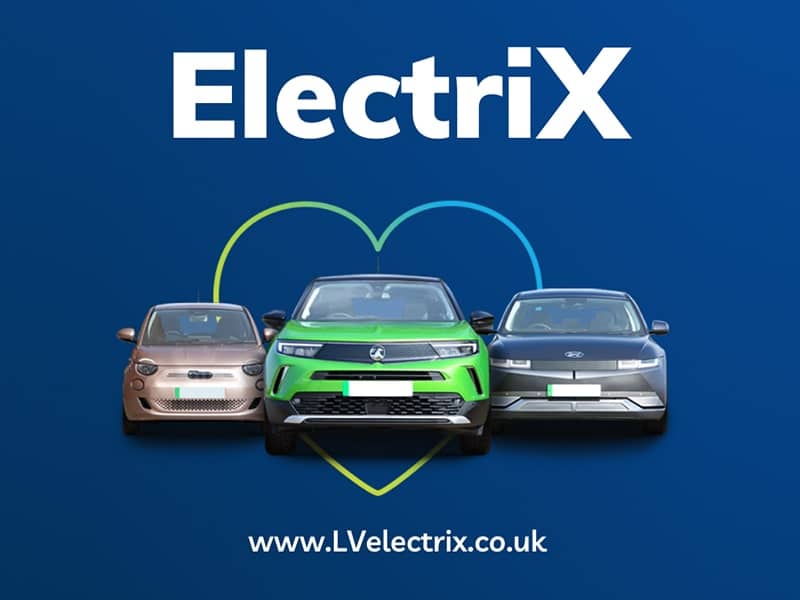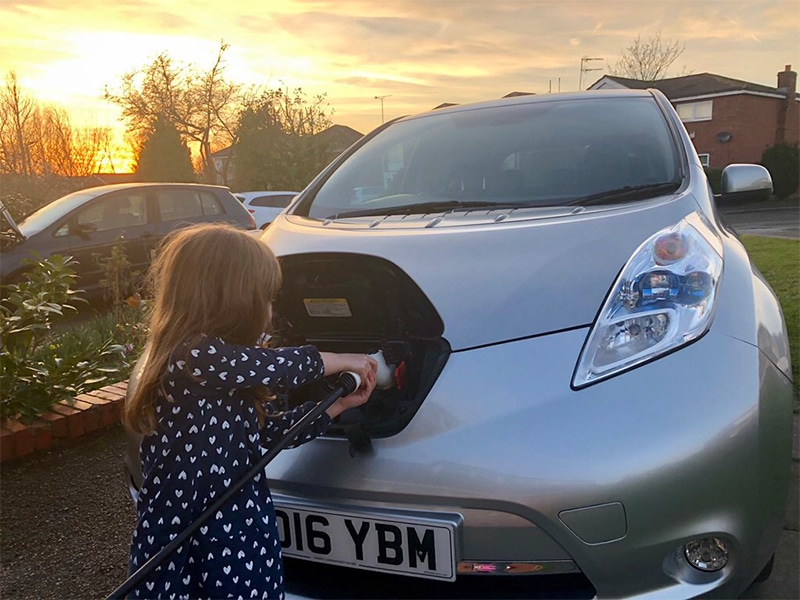
Supporting the move towards a smarter, more flexible energy system
What is it they say about buses…? Ah yes. You wait for one, and they all come along at once. Especially the number 73. Which would be fine if they were all electric, less polluting, and on our desired route. Bear with me. I will now take a leap and draw an analogy with buses and electric cars. Forecasts suggest that there could be between 100 – 140 million electric cars worldwide by 2030. The UK Government forecasts that there could be 10 million electric cars on our roads by the same date. That’s a whole lot of less-polluting, technically beautiful cars, all coming along at once (sort of). This will be good news for our environment, and for our health. We know that poor air quality, the majority of which can be attributed to toxic exhaust fumes from road transport, is responsible for 40,000 early deaths each year in the UK.
Globally, air pollution kills 9 million people every year, and costs the economy trillions of dollars. Not to get too holier-than-thou about it, but there is little doubt that we are all under a moral, ethical and environmental responsibility to do what we can to combat the inertia around reducing these noxious emissions.
I’m a huge advocate of electric cars and drive one myself. I have been working on electric vehicle-grid integration projects since 2012. My children love them too. Imagine my delight when my four-year-old asked me if electric taxis need electric taxi charging points….
And yet 10 million by 2030 still seems like a tall order when I look around. We need a seismic shift to electrify our domestic transport. Let’s consider what needs to fall into place to effect this change.
- Cost and range parity with internal combustion vehicles – and on this point I wager that we are getting there, with the likes of the Hyundai KONA achieving just shy of 300 miles on a single charge, for around £30k. Let’s not forget the second-hand car market as well, which will steadily become more attractive for many car buyers.
- Customer confidence in the supply chain – the waiting list is off-putting for many. This needs to improve. Hopefully demand will encourage the car manufacturers to start to invest in some serious electric car production, as will the new EU emissions regulations that come into force in 2020. These will require car manufacturers to have an average 95g/CO2 per km per vehicle across their entire fleet of cars made; so if they sell a big gas guzzler, they will need to sell lots of electric cars in recompense.
- Charging infrastructure – many electric car drivers will charge at home. Many will not have access to off-street parking, so other solutions will be needed. It’s an area ripe for innovation, and innovations are coming through thick and fast – you may have heard of lamp post charging, for example. There are also novel home charging solutions on the market, for example the Ohme intelligent EV charger that I beta tested, where all the smart functionality sits in the charging cable. Through an app I can schedule my charging to meet my daily driving needs, I can choose to charge when greenest, cheapest, or to optimise battery life. Fantastic.
Let’s pause on the at-home charging scenario. For those with off-street parking, it’s an ideal way to get fully charged… but… when the ‘keeping up with the Jones’’ phenomenon happens, and we start to see clusters of electric cars charging within one or two streets of one another, our electricity networks are going to get stressed. The cables that distribute electricity to our homes were not built with electric cars in mind – they have the effect of doubling our usual household demand. Or as Robert Llewellyn so delicately puts in the Fully Charged episode about the ground-breaking project My Electric Avenue, “all the wires would melt, anarchy would reign, zombies would invade, and only Bruce Willis could save us”.
Luckily, rather than Bruce Willis, we have some rather fantastic engineers (not least of all women engineers) in the UK and indeed the world over, that are bringing smart solutions to the table – think smart charging and vehicle to grid. I was delighted to be interviewed for Fully Charged about the Electric Nation project, the world’s largest smart charging trial. It’s encouraging to think that work is being done now, to ensure that our electricity networks will not only enable, but positively welcome the electric vehicle revolution as we approach 2030.
I’d like to bring data into the mix here. Certainly in the UK, we have pretty poor visibility of where all the domestic charge points are located. We can use data, such as that held under the Energy Market Data Hub at ElectraLink, to help spot electric vehicles at a domestic street level. I’m lucky enough to have managed the Low Carbon Technology Detection project, led by ElectraLink for Western Power Distribution, and supported by IBM’s artificial intelligence technology. The project modelling suggests that there could be 13% more households with electric vehicles and solar panels on Western Power Distribution’s network than was previously thought. It’s projects like this that will give distribution network operators greater knowledge of where electric cars are charging, to enable them to better plan for increasing numbers charging on the grid. With a little (or lot of) innovation and clever use of data, we can support the move towards a smarter, more flexible energy system. Electric vehicles afford great opportunity to this new energy world, as smart charging and vehicle to grid emerge as key enablers to flexibility and smarter grid management. Data will underpin all of this.
And if you are looking for free, open source electric vehicle-related images, for use by schools, communities, projects and small businesses, look no further than @EVclicks on Twitter, or go to www.EVclicks.co.uk. Huge thanks to Robert Llewellyn and Dan Caesar from the Fully Charged team for their EV photo donations!
